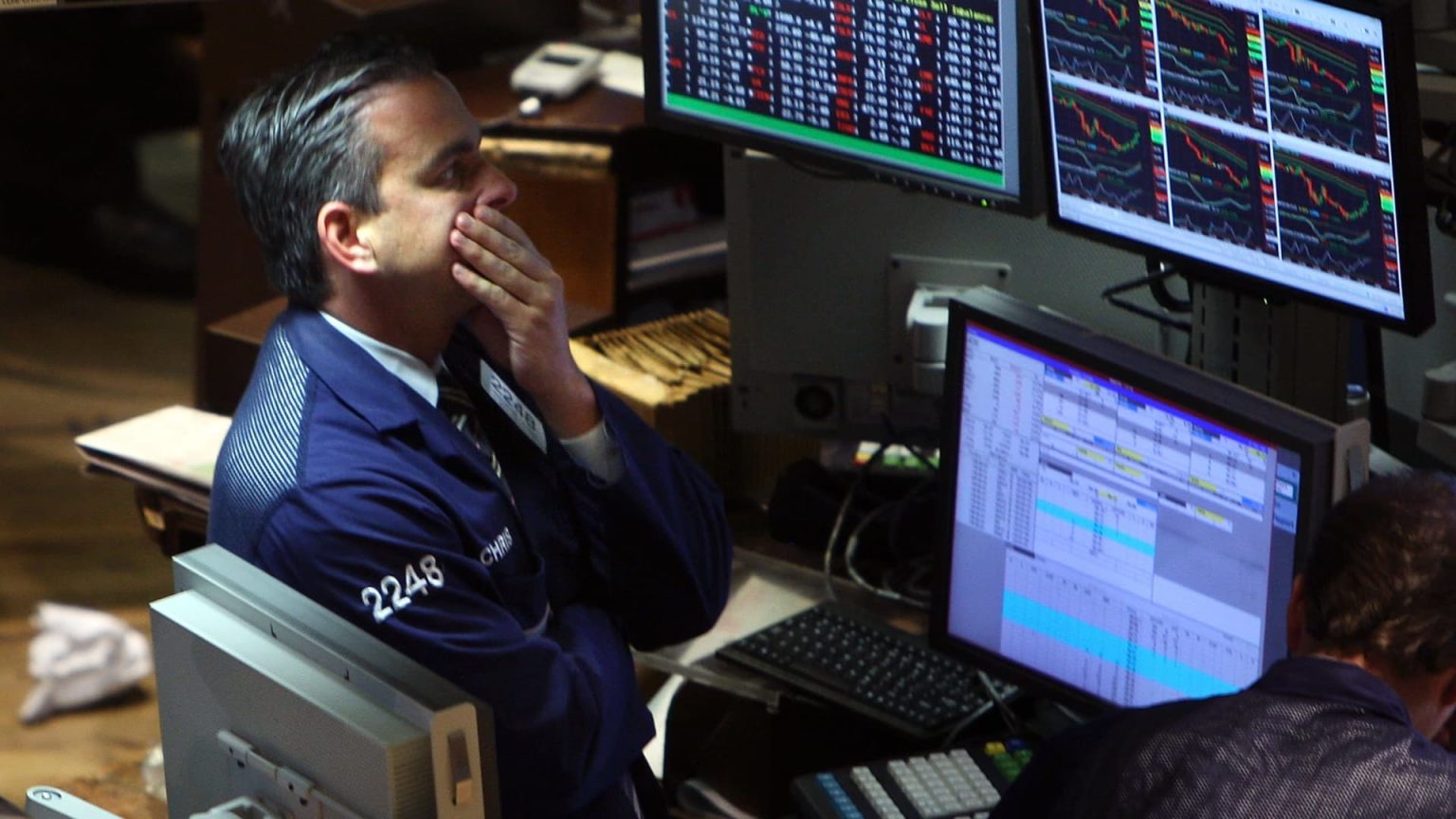Investors are showing increased fear in the market, with major indicators such as the Cboe Volatility Index hitting its highest level since October, the CNN Fear and Greed Index moving into “fear” territory, and Goldman Sachs’ Panic Index climbing to levels not seen since early 2023. These data points suggest growing nervousness among market participants, which is coming after a breather following a market rally. Concerns about interest rates remaining higher for longer and escalating conflict in the Middle East are contributing to this anxiety. Monetary policy has been a key focus for investors, with Fed funds futures traders now pricing in the first rate cut in September, later than previously anticipated. This delay is due to inflation remaining above the Fed’s preferred 2% clip, leading to concerns about borrowing costs staying elevated for longer.
Market indexes have pulled back in April from record highs earlier in the year, with the S&P 500 tracking for a decline of more than 3% month to date, and the Nasdaq Composite and the Dow also experiencing declines. The Dow is now just shy of its 2024 flatline, a significant reversal from trading near the 40,000 level just weeks ago. Rising Treasury yields, currently over 4.6%, and increasing oil prices due to conflict in the Middle East have weighed on the stock market. Despite the current downturn, some experts believe it is a healthy correction, but the key threat to this outlook is if the situation in the Middle East escalates further.
Investors have been closely monitoring indicators such as the Cboe Volatility Index, the CNN Fear and Greed Index, and Goldman Sachs’ Panic Index to gauge market sentiment. These indicators suggest a growing sense of nervousness among market participants, fueled by concerns about interest rates and conflict in the Middle East. The delay in anticipated rate cuts by the Federal Reserve has contributed to market uncertainty, with inflation remaining above the Fed’s target level. This has led to a recent downturn in major indexes, with the S&P 500, Nasdaq Composite, and Dow all experiencing declines.
The market’s fear gauge, the Cboe Volatility Index, has reached its highest level since October, signaling increased market instability. The CNN Fear and Greed Index has also shifted into “fear” territory, after being in the “greed” range a year ago. Goldman Sachs’ Panic Index has climbed to levels not seen since early 2023, underscoring mounting skittishness among investors. These indicators come amidst a breather following a market rally, with concerns about interest rates and conflict in the Middle East adding to investor anxiety. Market participants are closely watching for any signs of escalation in these areas that could impact market sentiment.
The delay in Federal Reserve rate cuts, with traders now forecasting the first cut in September, has contributed to market uncertainty. Rising inflation levels have raised concerns that borrowing costs could remain elevated for longer than expected, leading to recent market declines. Major indexes have pulled back from record highs earlier in the year, with the S&P 500, Nasdaq Composite, and Dow all tracking declines in April. Rising Treasury yields and oil prices, driven by conflict in the Middle East, have added to market jitters. Experts caution that while the current downturn may be a healthy correction, further escalation in the Middle East could change the market outlook significantly.













